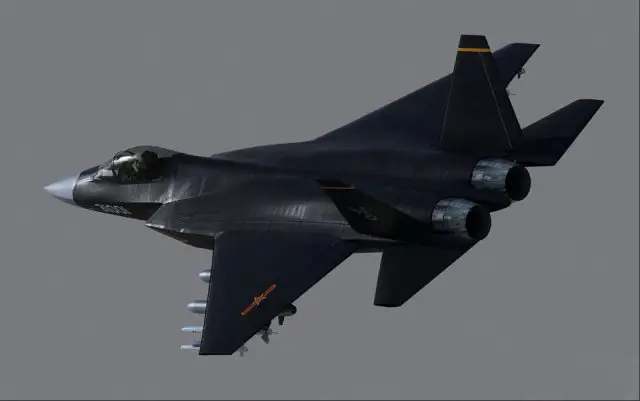Breaking news
Russian RD93 engine to power Chinese Shenyang J-31 fifth-generation fighter aircraft.
| 2014
| a | |||
| |
|||
World
Defense & Security Industry News - Rosoboronexport |
|||
| Russian RD93 engine to power Chinese Shenyang J-31 fifth-generation fighter aircraft | |||
A Russian-made RD-93
engine will power the Chinese J-31 fifth generation fighter, Rosoboronexport
official told RIA Novosti Monday. "J-31 with the Russian engine
RD-93 is considered to be an export program, able to compete with the
American F-35 fifth generation aircraft on the regional markets,"
Rosoboronexport’s Air Force Equipment Export Department Head Sergey
Kornev told RIA Novosti in an interview.
|
|||
 Chinese Shenyang J-31 5th-generation fighter aircraft
Chinese Shenyang J-31 5th-generation fighter aircraft |
|||
"The program
is ambitious, but very real, especially considering the high cost of
F-35 and some problems with its development," Kornev added. Sergey Kornev, who is heading the Russian delegation at China International Aviation & Aerospace Exhibition in Zhuhai, told RIA Novosti that two fifth generation fighters are being developed in China, the J-20 and J-31, which demonstrates the high potential of Chinese science and aviation industry. The J-31 fifth generation fighter flew a maiden flight in October 2012 and there is currently only one prototype available. The twin-engine jet bears some resemblance with the Russian T-50 or PAK FA fifth-generation fighter. China has also been developing its stealth J-20 fighter, which first took off in 2011, and is expected to be operational by 2017 or later. Russian RD-93 engines are a variant of the RD-33 engines, initially developed to power MiG-29 fighters. The RD-93 was developed by Russia’s Klimov design bureau specifically for the FC-1 fighter, known in Pakistan as the JF-17 Thunder. The world's only fifth generation fighter in service is the US F-22 Raptor, while F-35, Russian T-50 and Chinese J-20 and J-31 are at various stages of development. Kornev also mentioned about the problem of China's making copycat copies of Russian weapons, but pointed out that there is a resolution to that. "The problem [of China violating copyright of Russian weapons] exists, but it is solvable, and both sides are seeking the settlement of controversial situations," Rosoboronexport's Air Force Equipment Export Department Head Sergei Kornev said prior to the Airshow China 2014 exhibition, which will be held in southern China's city of Zhuhai on November 11-16. He cited a 2008 deal on intellectual property protection in military-technical cooperation between the two nations as a good example of Russia-China cooperation on the issue. "We continue joint activities on elaboration of working mechanisms of exposing violations. The problem is concealed in the inconsistence of local legislations as well as international acts," Kornev added. The defense official, however, underscored that military-technical cooperation between Russia and China has no hurdles which could not be cleared. In 1992, China bought Russia's Su-27 fighter jets. Fifteen years later, Beijing unveiled J-11B aircraft which Moscow labeled as a copycat version of Su-27. Russia has also accused China of producing cloned versions of Su-33 fighter jet, S-300 air defense system, the Smerch multiple rocket launcher and the Msta self-propelled howitzer in violation of intellectual property agreements. |
|||


























